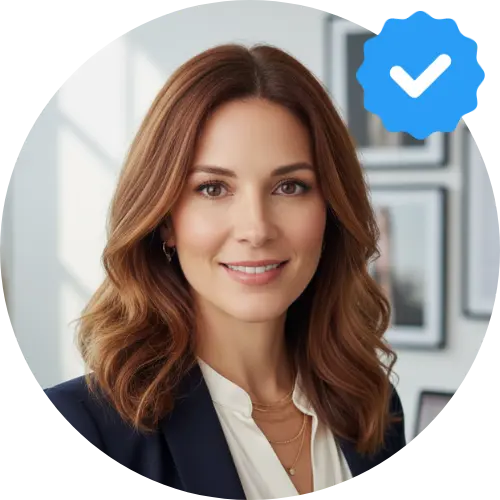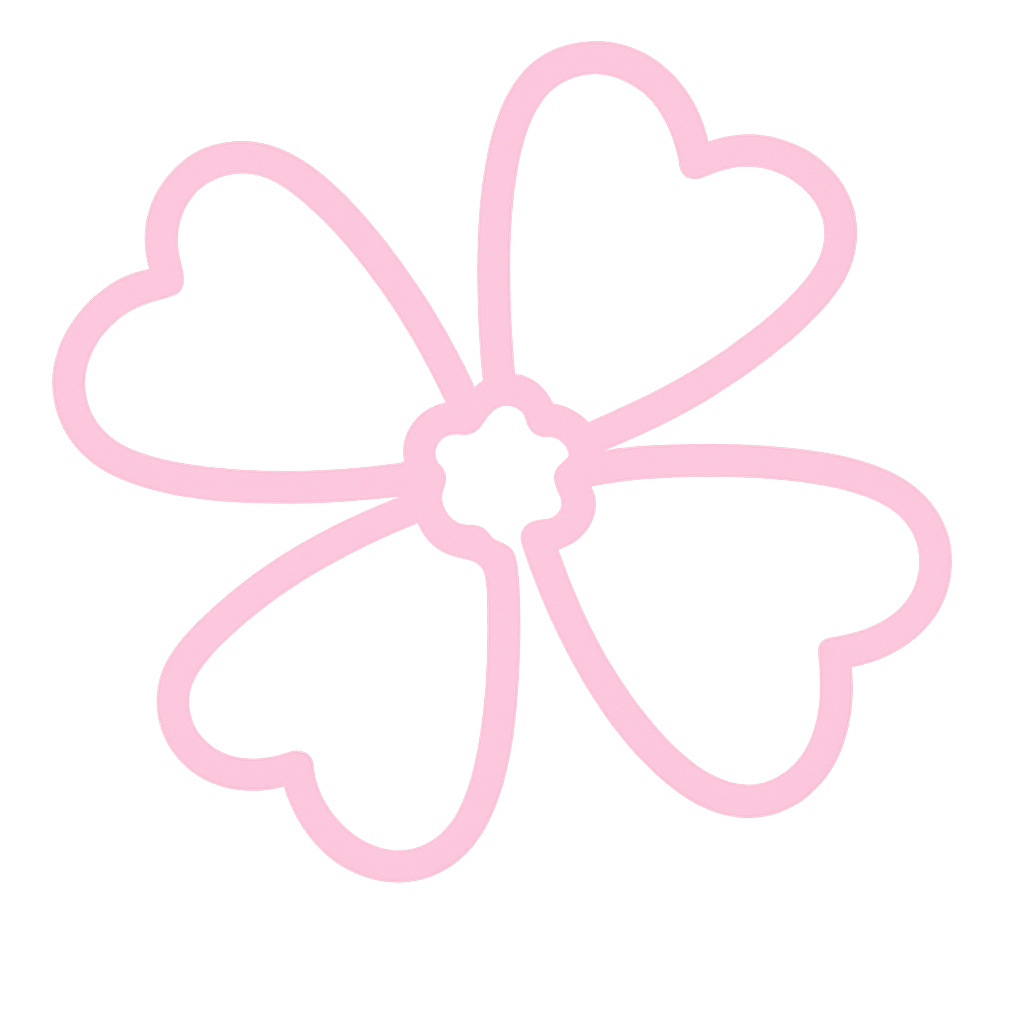Your phone camera opens and suddenly you're staring at... well, let's just say it's not your most flattering angle 📸 We've all been there - that moment when you realize your selfie game needs some serious intervention. After years of watching friends struggle with the same photo fails, I've compiled the most common beauty blunders that are secretly sabotaging your selfies.
Here's the thing - most of us learned our beauty routines from YouTube tutorials and trial-and-error experimentation. But what works for everyday life doesn't always translate to camera-ready looks. The harsh truth? Your mirror and your phone camera are telling two completely different stories about your face.
The Lighting Disaster That's Ruining Everything
Let's start with the biggest culprit - lighting. I used to think any light was good light until I saw myself in a fluorescent-lit bathroom selfie. Yikes.
Overhead lighting creates unflattering shadows under your eyes, nose, and chin. It's basically the least flattering angle possible, yet we keep taking photos under these conditions. Your bathroom vanity lights? They're probably positioned to cast shadows in all the wrong places.
The fix is surprisingly simple. Natural light from a window works best, but if you're taking evening selfies, position yourself facing a lamp or ring light. The light should hit your face straight-on, not from above. I keep a small ring light in my bedroom specifically for this reason - it was like $15 and totally changed my selfie game.
Foundation Flashback: When Your Face Disappears
Ever notice how your face looks ghostly white in photos while your neck looks normal? That's SPF flashback, and it's more common than you think.
Many foundations and primers contain SPF with zinc oxide or titanium dioxide. These ingredients reflect camera flash, creating that weird white cast. It's especially noticeable in phone cameras with LED flashes.
For selfies, switch to a foundation without SPF or use a very light hand with SPF products. If you must use SPF (which, tbh, you should for daily wear), try taking photos in natural light instead of using flash. Your skin will look way more natural and even-toned.
The Powder Problem Nobody Talks About
Setting powder is supposed to make your makeup last longer, but it can make you look cakey and flat in photos. Too much powder sits on top of your skin instead of blending in, creating an unnatural matte finish that cameras pick up immediately.
I learned this the hard way during a friend's wedding. All the professional photos showed my face looking completely different from everyone else's - super flat and powdery while theirs looked glowing and natural.
Use powder only where you actually get oily - usually your T-zone. Skip it on areas that don't need it, like your cheeks and forehead perimeter. A light dusting is all you need, not the full-coverage application some beauty gurus recommend.
Eyebrow Mistakes That Age You Instantly
Overplucked brows from the early 2000s are still haunting some of us, but the opposite extreme - super thick, Instagram-style brows - can look just as unnatural in selfies.
The key is finding your natural brow shape and enhancing it, not completely redrawing it. Brows that are too dark, too thick, or too perfectly shaped look obvious in photos. Your eyebrows should frame your face, not dominate it.
Use a brow pencil one shade lighter than your natural brow color, and focus on filling in sparse areas rather than creating entirely new shapes. Brush through with a spoolie to blend everything naturally.
The Concealer Trap
We all want to hide our dark circles and blemishes, but too much concealer creates the opposite effect in photos. Heavy concealer looks cakey and draws attention to the areas you're trying to hide.
Color-correct first with a peach or orange corrector for dark circles, then use just a tiny amount of concealer to blend everything together. The goal is to neutralize discoloration, not completely erase every imperfection.
Contouring Gone Wrong
Contouring can add dimension to your face, but most of us go way too heavy-handed. What looks subtle in your bathroom mirror can look like muddy stripes in photos, especially with certain lighting.
A study published in the Journal of Cosmetic Science found that excessive contouring actually makes faces appear less attractive in photographs due to unnatural shadow placement. The researchers noted that subtle enhancement works better than dramatic reshaping.
If you're going to contour for selfies, use a shade that's only one or two tones darker than your natural skin. Blend thoroughly and check your work in different lighting before taking photos. Sometimes skipping contour altogether gives you a more natural, youthful look in selfies.
The Lip Color That Photographs Terribly
Certain lip colors just don't translate well to camera. Super matte liquid lipsticks can make your lips look flat and lifeless in photos, while some glosses create weird reflections that distort your lip shape.
Neon and very bright colors often photograph differently than they appear in person due to how cameras process certain wavelengths of light. That perfect coral might show up as orange, or your favorite red might look purple in selfies.
For foolproof selfie lips, stick with colors that are close to your natural lip tone but slightly enhanced. A bit of gloss or lip balm adds dimension without creating distracting reflections. If you love bold colors, test them in selfies first to see how they photograph.
Mascara Mishaps
Clumpy mascara is obvious in close-up selfies, but so is mascara that's too perfect. Those super-separated, spider-like lashes that look great in beauty tutorials can appear fake and distracting in regular selfies.
Apply mascara in thin coats, letting each layer dry before adding the next. Use a clean spoolie to separate any clumps. The goal is enhanced natural lashes, not dramatic falsies (unless that's specifically the look you're going for).
Skin Texture Issues Nobody Warns You About
Here's something I wish someone had told me sooner - certain skincare products can make your skin look worse in photos, even if they're great for your skin health.
Heavy oils and very dewy products can create an overly shiny appearance that cameras exaggerate. While glowing skin is beautiful, too much shine can wash out your features or create hot spots where light reflects.
If you're taking selfies, blot away excess oils with a tissue or use a very light dusting of translucent powder on shiny areas. You want a healthy glow, not a greasy shine.
The Angle Problem That Changes Everything
This isn't exactly a beauty product issue, but it affects how all your makeup looks. Most of us default to the same selfie angle - slightly above, looking down at the camera. This angle can make your forehead look huge and your chin disappear.
Try holding your phone at eye level instead of above your head. This creates a more natural perspective and shows your makeup as it actually looks. Slight angles are fine, but extreme high or low angles distort your features and make even perfect makeup look off.
Hair Mistakes That Ruin the Whole Look
Your hair frames your face in selfies, so even perfect makeup can look wrong if your hair isn't working with your overall look.
Flat, lifeless hair makes your whole face look dull, while overly voluminous hair can overwhelm your features. Hair that's too sleek and perfect can look unnatural, especially in casual selfies.
Add some texture with dry shampoo or texturizing spray, even on clean hair. A little bit of natural-looking volume and movement makes everything look more effortless and photogenic.
Quick Fixes for Better Selfies Right Now
Before you completely overhaul your makeup routine, try these simple adjustments that make an immediate difference:
Check your makeup in different lighting before taking selfies. What looks good in your bathroom might look completely different by a window or under your bedroom lights.
Take multiple shots and don't just go with the first one. Sometimes the difference between a good selfie and a great one is just timing - catching yourself between blinks or getting a more natural expression.
Clean your phone camera lens. I know it sounds obvious, but smudges and fingerprints can make even perfect makeup look blurry or hazy.
When to Break These Rules
Here's the thing - these are guidelines, not laws. If you love dramatic contouring or super matte lips, and they make you feel confident, go for it. The most important thing is that you feel good about yourself.
Some people photograph differently than others due to bone structure, skin tone, or personal style. What works for your friends might not work for you, and that's totally normal.
Experiment with different techniques and products to find what works for your face and your phone camera. Take notes (mental or actual) about what combinations photograph well for you.
Frequently Asked Questions
Why do I look different in selfies than in the mirror?
Mirrors show you a flipped version of yourself, while cameras show you as others see you. Plus, phone cameras can distort features due to their wide-angle lenses and close proximity to your face. This is why selfies often look different from what you expect.
Should I use different makeup for selfies versus in-person events?
Not necessarily different products, but maybe different application techniques. For selfies, you might want to go lighter on powder and heavier on cream products that photograph well. For in-person events, your regular routine is probably fine.
How can I make my skin look smooth in selfies without filters?
Good lighting is key - it minimizes the appearance of texture and pores. Also, using a primer can help create a smoother base, and avoiding over-powdering prevents that cakey look that emphasizes texture.
What's the best time of day for natural light selfies?
The hour after sunrise and the hour before sunset provide the most flattering natural light. Avoid midday sun, which creates harsh shadows. Overcast days actually provide great, even lighting for selfies.
Why do my selfies look grainy or blurry?
This usually happens in low light when your phone camera struggles. Try to take selfies in better lighting, keep your phone steady, and make sure your camera lens is clean. Some phones also have portrait modes that can help with clarity.
Bottom Line
Your selfie struggles probably aren't about your face or your makeup skills - they're about understanding how cameras work differently than mirrors and adjusting accordingly. Most of these fixes are super simple and don't require buying new products or learning complicated techniques 😊
The goal isn't to look perfect in every selfie. It's to feel confident and look like the best version of yourself. Sometimes that means embracing a more natural look, and sometimes it means learning how to make your favorite dramatic makeup work for the camera.
Remember, even professional photographers and models need multiple takes to get the perfect shot. Don't put pressure on yourself to nail it every time. Have fun with it, experiment, and don't take it too seriously. Your worth isn't determined by how photogenic you are - but feeling confident in your selfies definitely doesn't hurt! ✨




